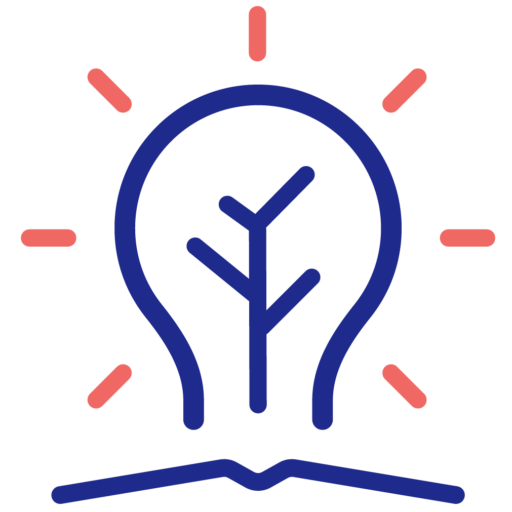Once you understand what shapes your coding, your theoretical perspective, methodology, and analytic goals, the next challenge is often how to make it work in practice.
Qualitative coding is about staying methodologically clear while thinking, noticing, interpreting, and making choices, all in response to your data.
Here are five core principles that help coding stay rigorous, relevant, and grounded.
1. One Line at a Time
It’s easy to feel overwhelmed when you open a transcript and wonder where to begin. Remember, how do we eat an elephant? One bite at a time….
Focus on one line at a time, then the next, then the next… Bit by bit. Imagine yourself like a horse with blinkers on.
2. Interpret, Don’t Just Describe
Try to stay aware of the level of analysis you’re working at. Are you doing experiential or critical work? Even when you’re taking an experiential focus and validating meaning in the data, it is important to move beyond just summarising. We need to interpret how people make sense of their world, and we are seeking to understand the world through their eyes.
For example, a participant says:
“I just try to keep my head down and do my job — I don’t want to cause any trouble.”
Experiential coding example: If your focus is experiential, aiming to understand how the participant makes sense of their world, you might code this as:
- avoiding conflict
- focusing on work
- managing perceived risk
- maintaining legitimacy at work
These codes reflect how the participant is making sense of their actions, in their own terms and context.
Critical coding example: If your focus is critical, interrogating meaning in the data, your goal here is to interrogate how broader structures and discourses shape what’s being said, and what’s not said.
So you might code this as:
- normalising institutional control
- reproducing gendered compliance
- self-regulation through dominant norms
These codes ask:
- What power dynamics are at play?
- What discourses are being reproduced?
- What is being silenced or made invisible?
3. Work With Your Methodology
Sometimes we fall into tension between what feels practical and what fits our methodology. For example, you might want to use a codebook because you’re in a team, but you’re also aiming for a reflexive, interpretive analysis.
Codebooks can support clarity and coordination, but they need to be used in a way that suits your paradigm. For example, if your approach values subjectivity, your codebook should evolve as the analysis deepens, not lock you into fixed meanings.
Always ask:
- Is this coding process aligned with how I understand meaning, knowledge, and interpretation?
- Is my method supporting the kind of insight I’m aiming for?
4. Let Coding Be Iterative
Good coding usually isn’t linear. As you move deeper into the data, some early codes might change, and that’s okay.
You might:
- Combine codes that turn out to reflect the same idea
- Split codes that cover too much ground
This isn’t indecisiveness, it’s part of your analysis. It reflects your developing understanding. The key is to revise your coding as necessary as you work through the analysis and your ideas evolve.
5. Keep Asking: Where’s the Evidence?
Whether your codes are descriptive, interpretive, inductive, or deductive — they should be grounded in the data. That doesn’t mean coding only what’s common or obvious. It means being able to justify your coding decisions.
Especially when working with implied meaning, you need to avoid overreaching. Interpretation should ‘drill down’ into the data, not go off course. Imagine you are an archer. You want to ‘drill down’ and hit the target, but don’t want a gust of wind to come and blow your arrow off course (my analogy for going off on a tangent!).
Ask:
- What in the participant’s words led me to this code?
- Can I support this code with evidence from the data?
This kind of questioning strengthens the integrity of your analysis.
In Summary
Coding is a process of thinking with your data. It works best when you:
- Stay clear on your research purpose and analytic stance
- Make intentional decisions about the kind of meaning you’re coding for
- Remain open to revising your codes as your understanding deepens
- Use tools like codebooks or frameworks when they align with your theoretical perspective
- Keep all coding decisions grounded in evidence from the data
Your coding will never be ‘perfect’, but it does need to be thoughtful, grounded in the data, aligned with your theoretical perspective, and able to explore your research question.
Let that be your guide.


0 Comments